Do you know that soil is a non renewable resource?
The soil has made a remarkable contribution to us, but we often take it for granted. It maintains food production, filters our water, is the source of our drugs and helps us cope with and adapt to climate change. We should fully understand and care about the six reasons for the land under our feet:
Protecting soil = strengthening food security
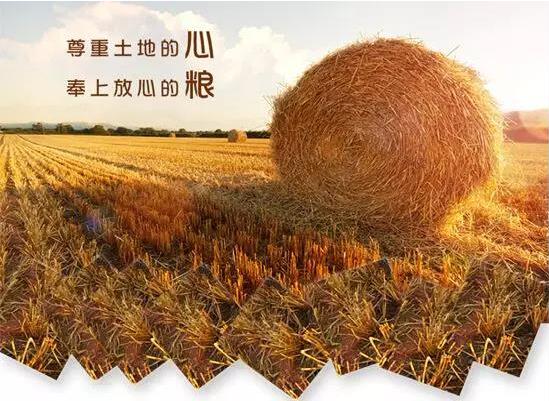
95% of our food comes from our soil. To feed a growing population, we need to increase food production by 50% by 2050, but it would be ridiculous if we didn't recognize the importance of soil and couldn't guarantee its quality.
The nutrient content in the soil directly affects the growth of plants. Soil exchanges nutrients and water with plant roots. The healthier the soil, the better the crops will grow. Soil is a non renewable resource, and its protection is very important for food security.
Protect soil = improve biodiversity
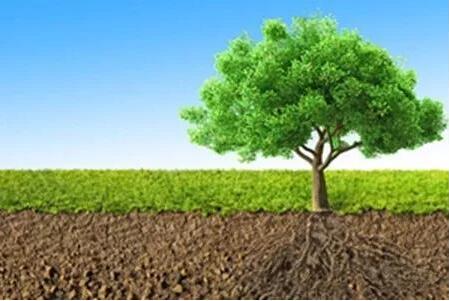
A quarter of the earth's biodiversity exists in the soil. There are more living organisms in a spoonful of soil than there are people on earth. There is no place in nature where there are as many species as the soil. Biodiversity is important to the health of our planet. It helps species survive and adapt to changes in nature. Protecting biodiversity means that we are helping our planet stay resilient, resilient and healthy.
Organic agriculture, rotational grazing, crop rotation and conservation agriculture can protect soil biodiversity. These methods can improve agricultural productivity sustainably without soil and water degradation.
Protect the soil = reduce greenhouse gases
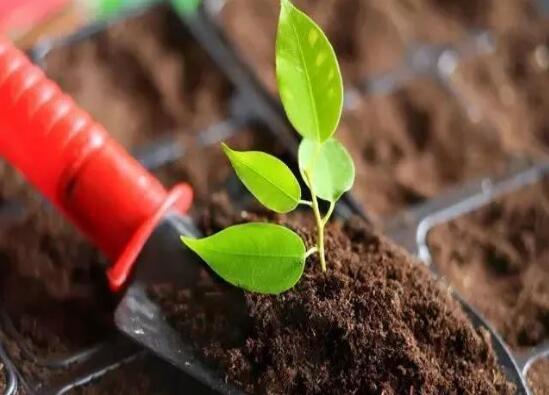
Soil helps to resist and adapt to climate change. Under the condition of sustainable management, soil can play an important role in mitigating climate change by storing carbon (carbon sequestration) and reducing greenhouse gas emissions to the atmosphere. Healthy soil with high organic matter content can also store large amounts of water, helping crops cope with drought and adapt to extreme precipitation.
Protecting the soil = improving livelihoods
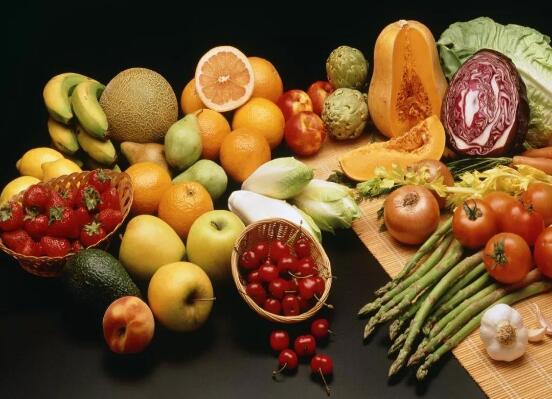
Healthy soil can ensure food security, improve livelihoods and reduce forced migration. Soil degradation means the loss of food sources and livelihoods. More than 10 million people have given up their homes due to environmental problems such as soil erosion, desertification, deforestation and drought. Implementing sustainable soil management strategies that help farmers cope with long-term drought and soil degradation can help people choose whether to move or stay at home.
Protect the soil = provide cleaner water
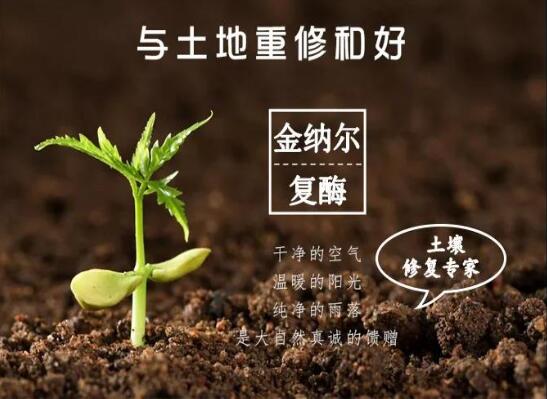
Soil is the key to clean water supply. Soil collects, stores and filters water to make it safe to drink. The forest in plateau area can not only prevent soil erosion, but also ensure the downstream users to get high quality drinking water. The soil also stores water, making it available for crop production.
Taking care of the soil = providing more medicine
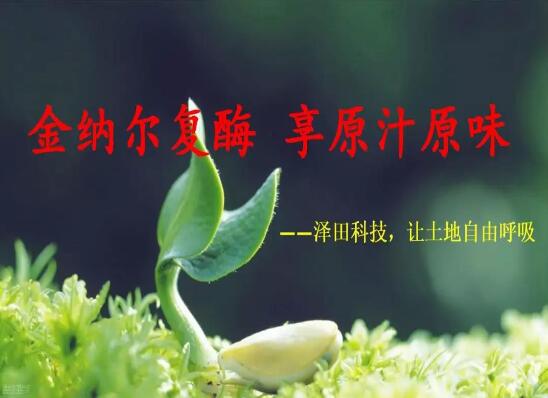
Soil is of great significance to human health. Most of the famous antibiotics, including penicillin, come from soil microbes. You know, more than 500 antibiotics come from soil microbes!
Soil is often ignored, but we can reverse this trend! 33% of the soil degraded moderately to highly due to erosion, loss of soil organic matter, nutrient depletion, acidification, salinization, hardening and chemical pollution. However, sustainable management and careful farming techniques can reverse the trend of soil degradation and ensure current and future global food security.
Share this article to raise the awareness of those around you about this unimportant but extremely important resource.